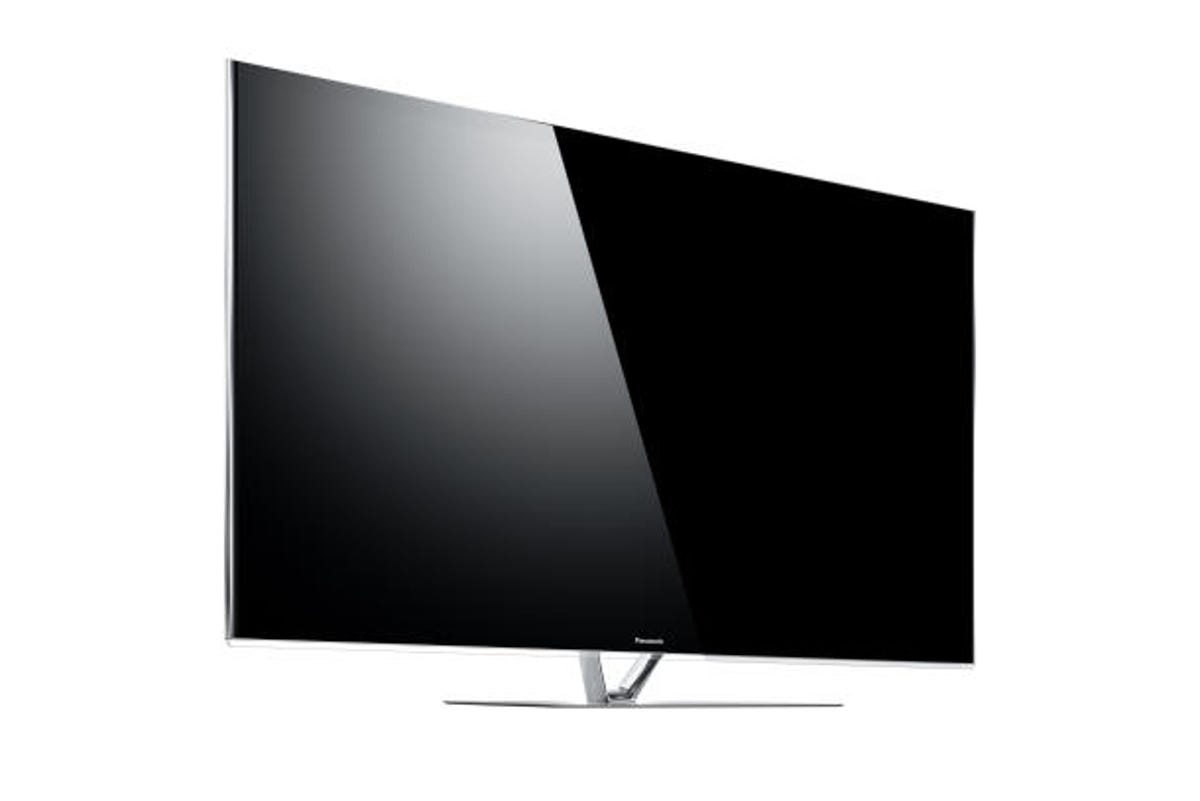
Recently, there was quite a hoopla when it was reported that Panasonic would no longer be developing plasma as a TV technology. According to Panasonic, this isn’t true.
However, it does bring up some interesting questions. Because there will be a time when plasma television development (and production) does come to an end. LCD too, for that matter. The timing of both is rather crucial, but specifically, a lack of a suitable replacement for plasma could have dire effects on picture quality across the board.
So what does the future hold for flat-panel TVs?
Let me be perfectly clear: the end of plasma production, without a suitable replacement, is a bad thing for any picture quality fan, regardless of technology preference.
We lost the Pioneer Kuro in 2009, and as good as TVs have become, in some ways we still haven’t seen the Kuro’s true equal in picture quality. We took a major step back. Even if the upcoming Panasonic TC-PZT60 is finally a better performer than the Kuro (something many of us are expecting), that’s after four years, — an eternity in the tech world.
An analogy can be made to the automotive safety and fuel economy requirements of the 1970s. The high-horsepower, fast-for-cheap cars of the late ’60s virtually disappeared. It took decades for cars to catch up to the raw, cheap performance that was available in the ’60s.
But when the performance did return, the cars themselves were infinitely safer and more efficient. So, too, with flat-panel TVs. In the years since the Kuro’s demise, TVs have gotten cheaper, and far more energy-efficient (also, thinner, with tons more features).
So the question is, will we face a similar performance deficit if (when?) Panasonic no longer pushes the envelope of picture performance?
Well, probably not.
Related stories
- LED LCD vs. plasma vs. LCD
- Active 3D vs. passive 3D: What’s better?
- Why all HDMI cables are the same
- TV tech explainer: Every HDTV technology decoded
- What is refresh rate?
- 1080i and 1080p are the same resolution
- What is 600Hz?
First and foremost, there’s Samsung. In the history of consumer electronics, there have been few companies so intent on and so capable of domination as Samsung. The company’s plasmas, though generally not quite as good as Panasonic’s best, have still been very good. Last year, Samsung’s cheaper plasmas actually put Panasonic’s similar-priced offerings to shame. It would be without precedent for Samsung to shelve its plasma development just because Panasonic had. After all, LG is still making plasmas (barely), and it seems like there are few things Samsung execs like better than sticking it to their hometown rivals.
Secondly, there’s OLED, Organic Light-Emitting Diode TV technology. OLED promises greater-than-plasma picture quality with greater-than-LCD energy efficiency and thinness. So far, OLED is uberexpensive, but technology always comes down in price as it matures. Panasonic has said it’s diverting engineering talent to OLED. Plus, there’s all that Sony know-how.
The most important question about OLED is if it can happen at all. It’s been promised for years, and we’ve still seen only one model in the U.S. from one company. OK, not “seen,” as no one has reviewed it yet, but it’s apparently for sale.
The next question is, how soon will we get it? If OLED won’t hit the mainstream for another few years, what happens if plasma picture quality stagnates — or goes away completely?
This isn’t an irrational fear. LED LCDs definitely stagnated in 2012. There was no significant improvement in picture quality over 2011 models (while there was with plasma). And given that no new full-array local-dimming LED LCDs models were announced this year (other than a few 4K models), 2013 might be the same way. We shall see. Sure, quantum dots might help picture quality some, but it won’t be until there are direct-view quantum dot displays that their real performance can be realized. Right now, they’re “just” a cool new light source for LCD.
And there’s another concern. Despite Samsung and LG making plasma TVs, they’re not competing as much as they once were. Samsung basically ceded the midrange plasma category to Panasonic. For 2013, it’s offering high-end models and low-end models, but very little in between. LG has gone even further, with only low-end plasma models.
To be fair, the current state of LED LCD picture quality is quite good, and so is the assumed performance of 2013 plasmas. If we don’t see a jump in performance next year, it’s not the end of the world. Unlike in the car analogy, if we plateau for a year or two, we’re at least plateauing (is that a word?) in a good place. Most TVs these days look really, really good. But for the enthusiasts, myself included, good is never good enough.
So if we are in a situation where what we get now is the best we’ll get until OLED (hopefully) gets here, it won’t be a huge deal.
But worst case? Worst case is we don’t see OLED TVs for many years, if ever, and Samsung and Panasonic actually stop developing and selling plasma TVs. Then, if TVs become a 100 percent commodity product, we’ll see only the constant “decontenting,” in which features increase but performance decreases.
Let’s hope not.
In the meantime, let’s enjoy the ZT60, which will likely offer the best picture quality this year. Hopefully it won’t be the last great plasma TV. Hopefully, it’s just another great TV.
Got a question for Geoff? First, check out all the other articles he’s written on topics like HDMI cables, LED LCD vs. plasma, Active vs Passive 3D, and more. Still have a question? Send him an e-mail! He won’t tell you what TV to buy, but he might use your letter in a future article. You can also send him a message on Twitter: @TechWriterGeoff.




